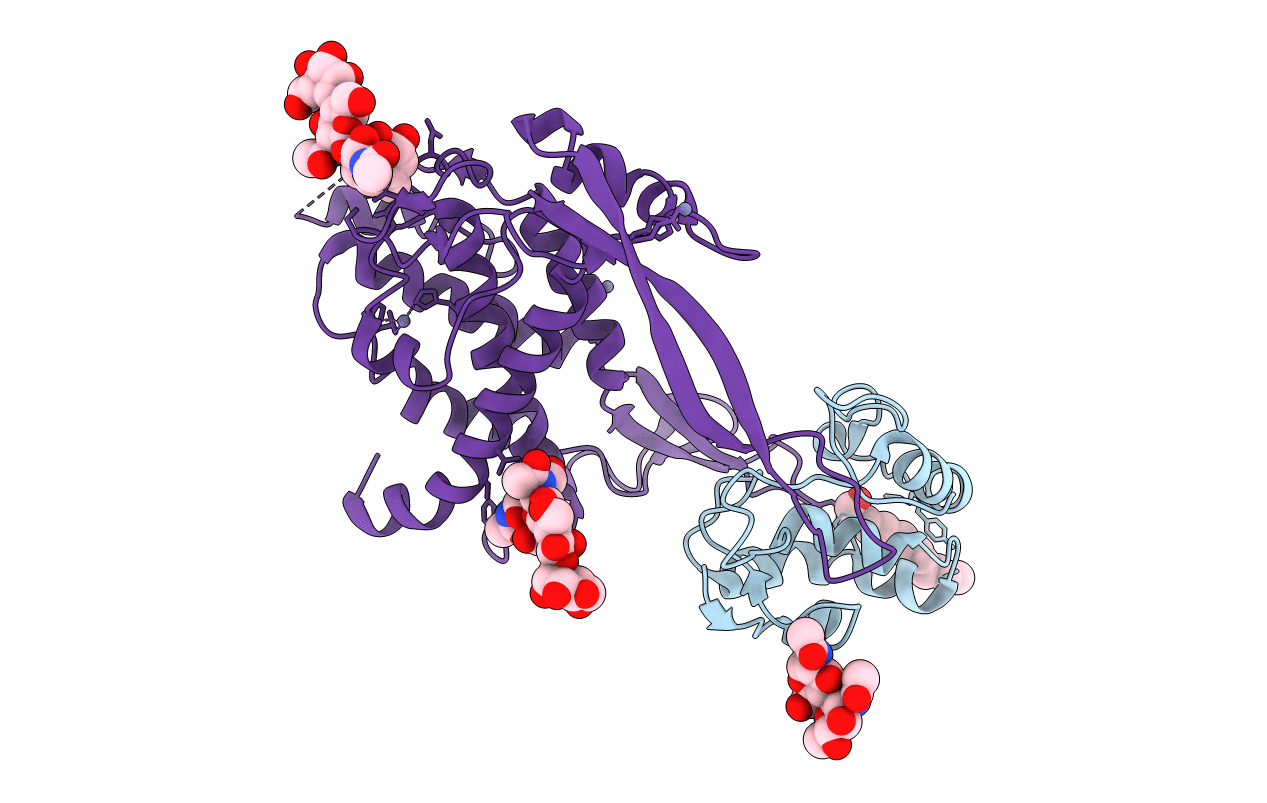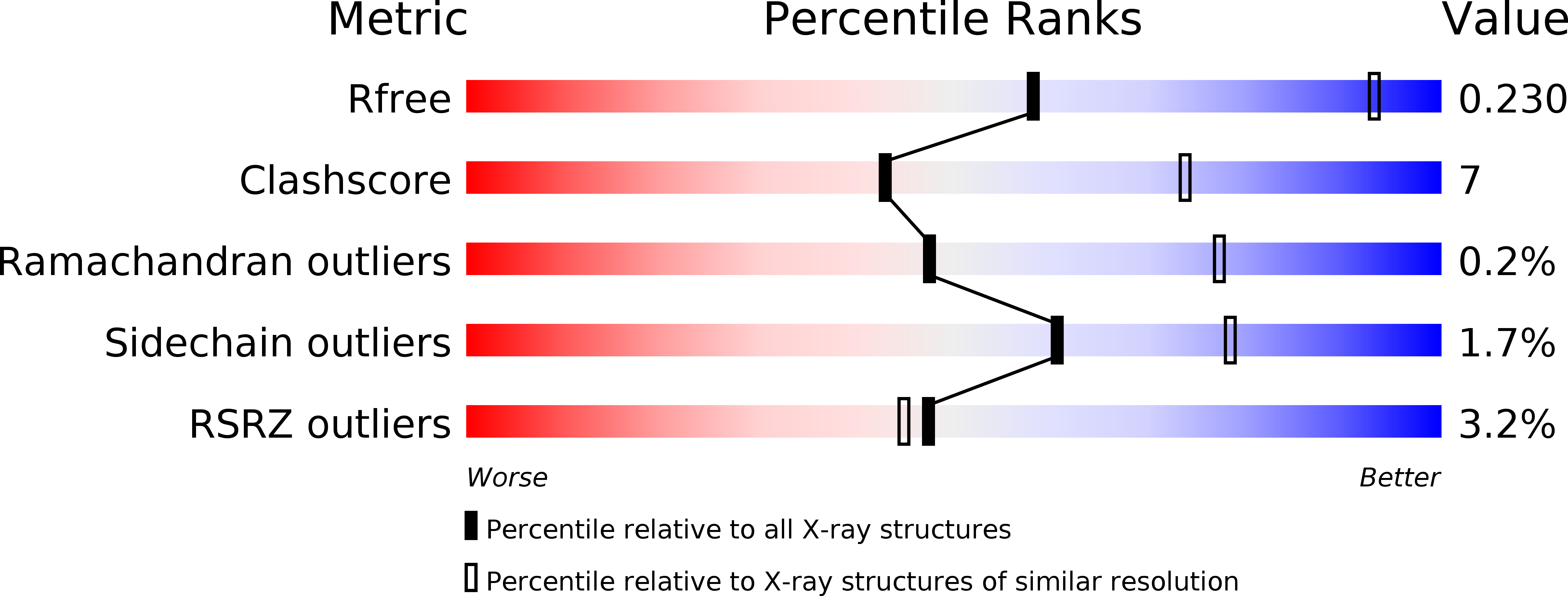
Deposition Date
2012-05-03
Release Date
2012-06-13
Last Version Date
2024-11-27
Entry Detail
PDB ID:
4F0A
Keywords:
Title:
Crystal structure of XWnt8 in complex with the cysteine-rich domain of Frizzled 8
Biological Source:
Source Organism:
Mus musculus (Taxon ID: 10090)
Xenopus laevis (Taxon ID: 8355)
Xenopus laevis (Taxon ID: 8355)
Host Organism:
Method Details:
Experimental Method:
Resolution:
3.25 Å
R-Value Free:
0.23
R-Value Work:
0.20
R-Value Observed:
0.20
Space Group:
P 41


